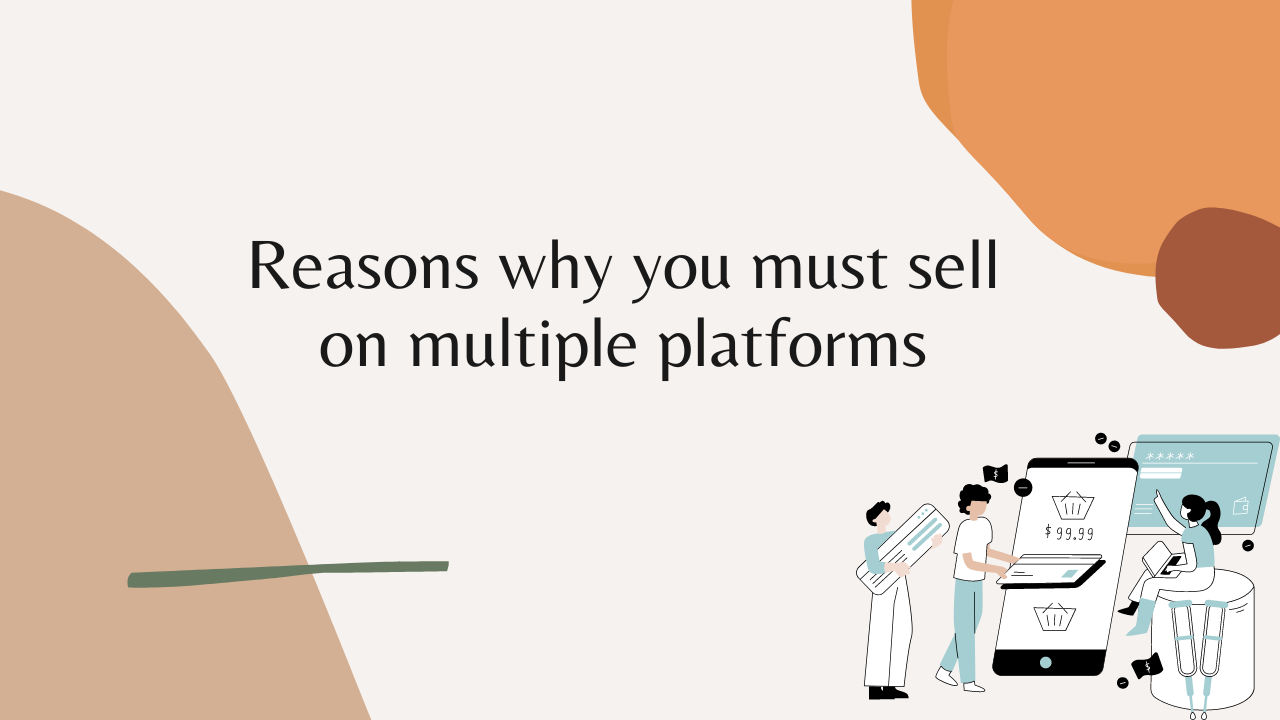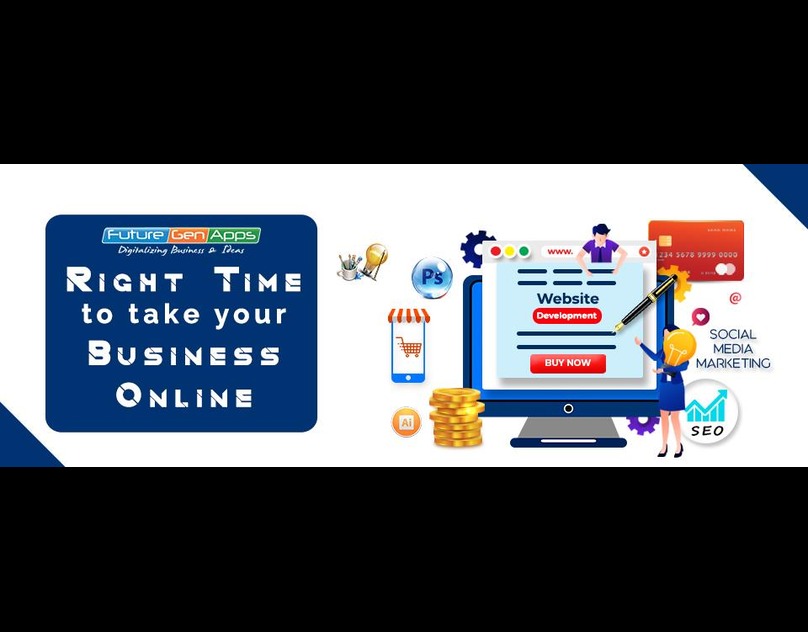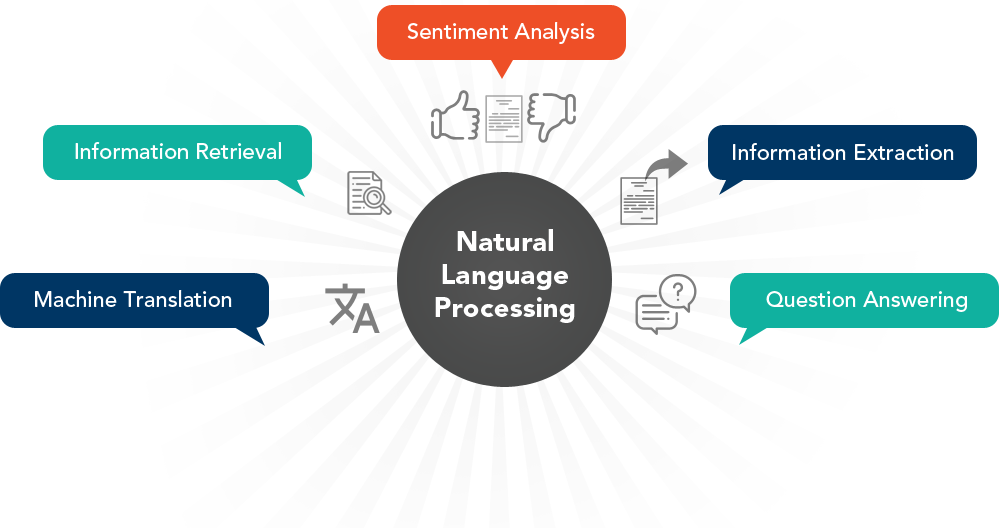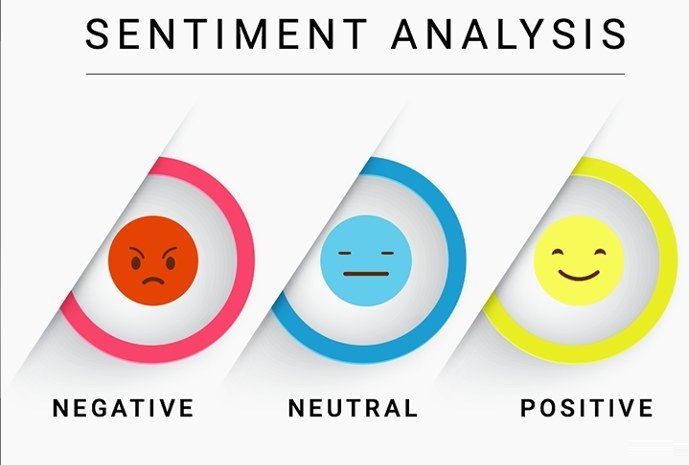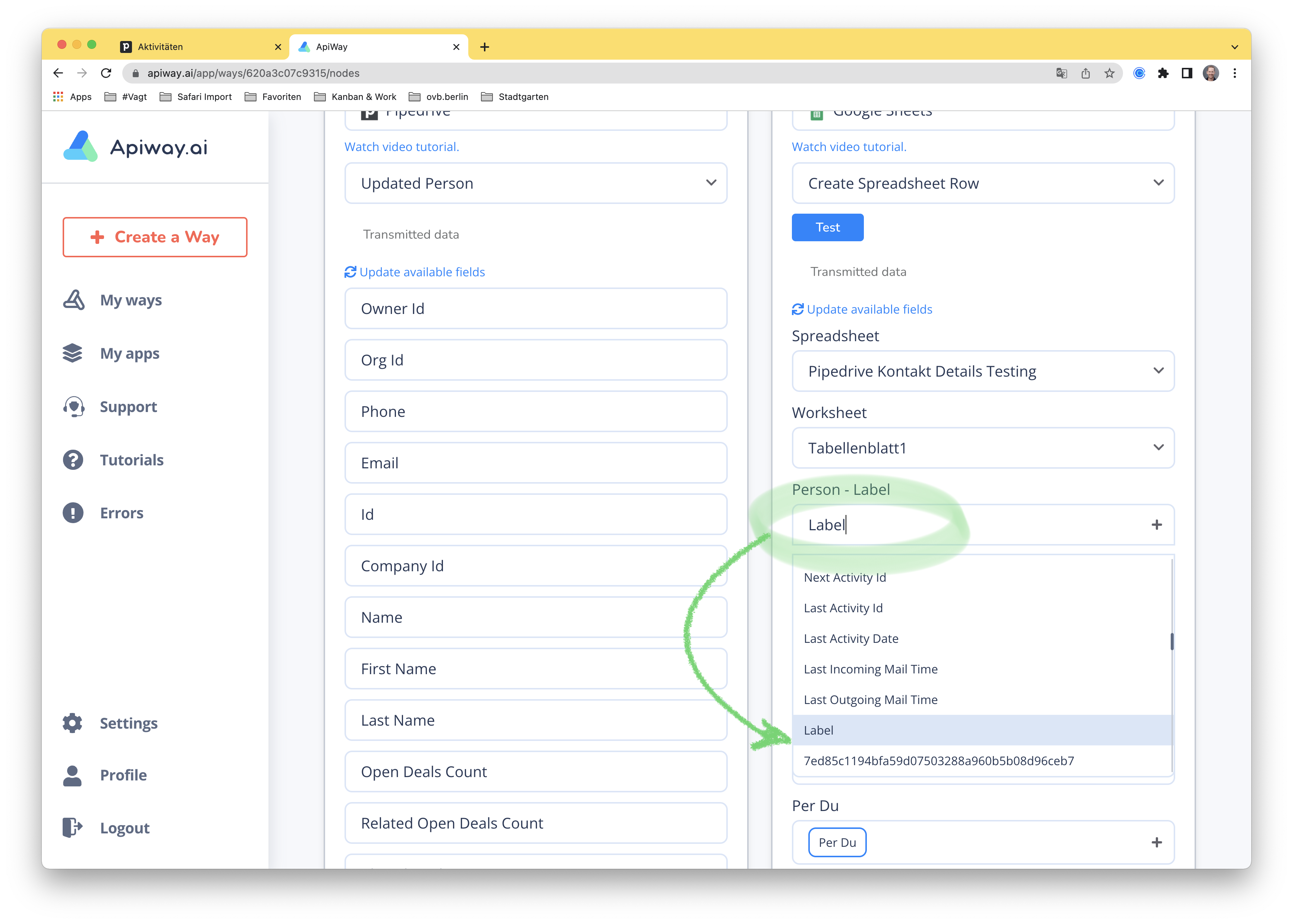SaaS Online Sales Tax 101 for the U.S.
As online shopping and Software as a Service businesses become more popular, your business may be expanding across multiple states. While growth is essential, it comes with sales tax complications, many of which can result in hefty fines or even the possibility of prison.
Therefore, it’s vital for your business’s health and your liability to understand sales tax on software and SaaS to ensure you’re collecting and remitting your taxes correctly.
Our software and SaaS Online Sales Tax guide covers everything you need to know about being tax compliant in the United States.
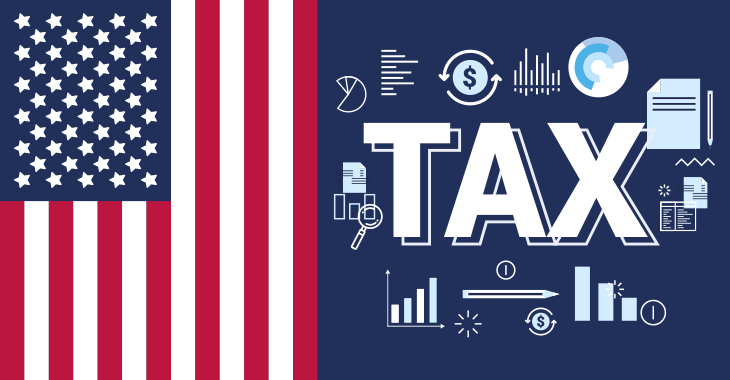
SaaS Sales Tax: The Basics
What Is Sales Tax?
Sales tax on software and SaaS is a tax collected by the seller of the product or service and added to the total cost of that purchase. Sales tax is never supposed to be paid out of your software as a service business’s pocket. You merely play the role of the ‘middle man’ between the customer and the governing body.
In the United States, how you manage sales tax is determined at the state level. Every state has its own set of rules, which makes things rather complicated.
A product may be taxable in one state but not in another. In addition, in some states, items are taxable when written up together on an invoice but not when listed separately.
How Is Sales Tax Different for Online Sellers?
Online sellers can quickly provide products and services to customers across both state and country borders. As a result, software as a service businesses, which trade online, can find themselves dealing with various sets of laws and rules in different countries or states.
In contrast, you have far fewer tax rules to consider if you have a physical store that only operates in one state, region, or country.
When Am I Required To Collect Sales Tax Online?
In the United States, you’re responsible for taxes in the following two instances:
➡️ If your business has a sales tax nexus in the same state as your customer.
➡️ If the product or service is taxable in that state through remote sales tax.
We’ll chat a bit more about nexus laws later.
For now, it’s essential to take note that if you’re responsible for sales tax on software and sales tax on SaaS in a particular state, you must charge your customers the correct amount of tax and remit the collected taxes back to the state.
Sales Tax Categories and Product Taxability
Most physical products are taxable, however, some states have made exceptions for specific products. For example, in some states, digital goods carry a reduced tax rate, while in others, the same items aren’t taxable at all.
It’s imperative that you make it your business to know precisely which sales tax categories your products or services fall into to determine their taxability in the relevant states.
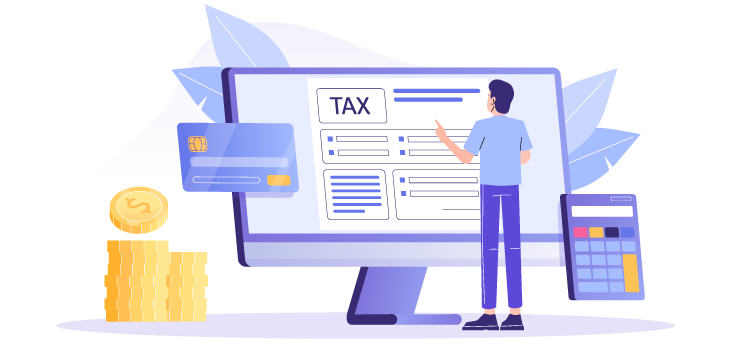
Economic Nexus Laws
What Does the Word ‘Nexus’ Mean?
In legal terms, a ‘nexus’ is a connection or link. In most instances, it’s used to establish jurisdiction, prove causation, or solve the conflict of law issues.
What Are Nexus Tax Laws?
In the tax world, nexus laws refer to the connection that a seller must have with a particular area before they’re required to charge and collect sales tax there.
There are two main types of nexus: sales tax nexus and income tax nexus, with the potential for businesses to meet the requirements for one, both, or neither. With a sales tax nexus, a business is liable for collecting and remitting sales tax in that state. With income tax nexus, a business must file income tax returns for that state.
Certain business activities, including having a physical presence or reaching a certain sales threshold, may establish physical nexus within that state. The definition can differ slightly from state to state. However, the general consensus is that if your software as a service business has a brick-and-mortar store or an office in a state, you’re required to collect and submit taxes in that state.
It’s best to check each state’s laws and requirements if you’re not 100% sure whether you have nexus there. The best way to do this is to check with each state’s taxing agency.
What Is Physical Presence Nexus?
Physical nexus is the legal term for a business’s physical presence in a state. In some states, only the slightest presence could translate into a physical nexus.
For example, having an office or warehouse in a state qualifies as a physical nexus. This instance is pretty straightforward, however, in some states having just a single employee working, delivering goods or services there counts as a physical presence.
Be sure to check all the criteria that count as a physical presence. Physical nexus is usually easier to determine than economic nexus.
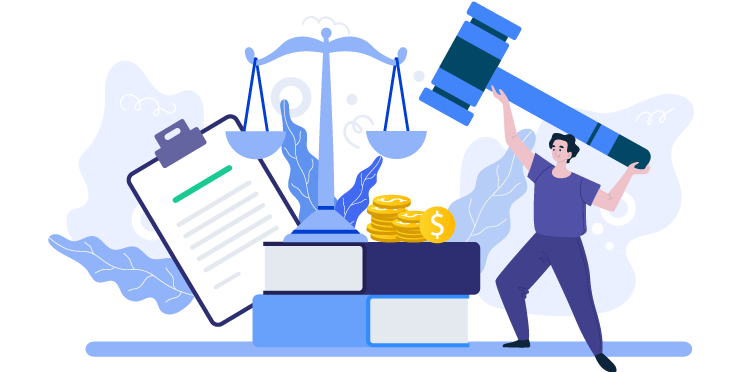
What Is Economic Nexus Tax Law?
Economic nexus is an economic threshold set out by each U.S. state. When a certain level of sales is achieved, online sellers need to start paying sales tax.
These activities can include sales revenue and/or the number of transactions taking place.
Economic nexus thresholds vary from state to state. If you have an economic nexus in a state that follows economic nexus law, it’s crucial to determine where you meet the relevant thresholds.
The History of Economic Nexus
Before June 2018, businesses were only required to pay sales taxes where they had a physical presence or nexus. However, in June 2018, a landmark ruling set into motion events that have changed the sales tax landscape. The US Supreme ruled in favor of the state in South Dakota vs. Wayfair, Inc court case. This ruling allowed South Dakota to begin taxing remote sales via economic nexus laws.
Since the ruling, over 40 states have followed suit and created their own economic nexus laws. Unfortunately, this change has made sales tax on software and sales tax on SaaS much more complex for online sellers.
Non-Compliance with Economic Nexus Laws
Failing to comply with economic nexus laws can lead to hefty fines or possible jail time in some states. Even if your business isn’t fined, you’ll be required to pay the taxes you haven’t remitted to the relevant state(s).
The nature of economic Nexus laws means this is an incredibly easy and costly mistake to make, especially for a small business selling software as a service.
SaaS Sales Tax: The Marketplace Facilitator Act
What Is the Marketplace Facilitator Act?
This act, passed in California on October 1st, 2019, requires that a marketplace facilitator (i.e, Amazon) is responsible for collecting and paying the tax on retail sales made through their marketplace.
Since then, 30 states have implemented a marketplace facilitator ruling. The ruling makes it easier for states to manage sales tax, as they only have to deal with tax from the facilitator rather than multiple sellers.
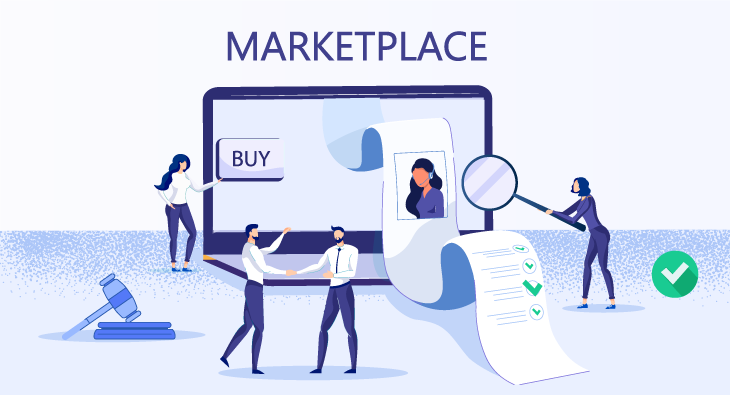
Effects of the Marketplace Facilitator Act on Online Sellers
If your business uses a marketplace facilitator such as Amazon, they can collect sales tax on your behalf, taking the responsibility off your hands.
But if you sell across multiple channels, you’re not entirely off the hook. Suppose you use a marketplace facilitator but also sell your product via your company website. In that case, you’re liable for the online sales tax on software and software as a service from your website sales.
What are the 14,000 U.S Tax Jurisdictions?
There are approximately 14,000 tax jurisdictions in the U.S. This large number may seem difficult to believe as there are only 50 states (and Washington D.C), but taxes are based on the exact address, which takes into consideration if the state is a single rate state or not.
How Is Sales Tax Set in Different Jurisdictions?
Each state sets a sales tax rate. Then, different jurisdictions within that state can have their own add-ons. For example, a county within a state can add a further percentage to the state rate. Within that county, a district could lay on another additional tax.
Luckily, as an online seller, you’re only required to remit the entire amount to the state — it’s their job to divide it between the various county, city, and district levels.
That said, you still need to make sure you’ve charged the correct tax for each jurisdiction, as well as keep up with any changes that occur in tax rates.
Important Categories Within Different Jurisdictions’ regulations
➡️ Sales Thresholds
Once your business reaches a specified dollar amount of sales or a predetermined number of transactions, you have economic nexus in a jurisdiction and are required to pay sales tax.
For example, in the state of Nevada, online sellers must register for sales tax on software and SaaS if they have 200 retail transactions within the state or if they reach over $100,000 of retail sales.
➡️ Evaluation Periods
The evaluation period is the measurement period of the sales thresholds — for example, sales from the current or previous calendar or financial year. It’s essential to check the evaluation periods on a state-by-state basis, as they can differ.
➡️ Timing of Tax Registrations
This refers to the time a business has to register with the state for its sales taxes. This period can be anywhere from the moment the company crosses the economic nexus threshold to up to 90 days after they reach this threshold.

How Do I Know What the Different Sales Tax Laws Are in Each State or Jurisdiction?
Staying on top of sales tax on software and software as a service can feel like a daunting task with so many tax rules and regulations within different states to consider. Fortunately, some organizations have done the legwork for you and collated the data on sales tax requirements.
Avalara, for example, provides comprehensive information on economic nexus and sales tax laws in each state. This info includes enforcement dates, sales thresholds, evaluation periods, registration requirements, and more.
Read on to learn the common mistakes made by online sellers and the 3 steps to be tax compliant in the U.S. in our all-in-one guide to SaaS online sales tax on PayPro Global’s blog.





